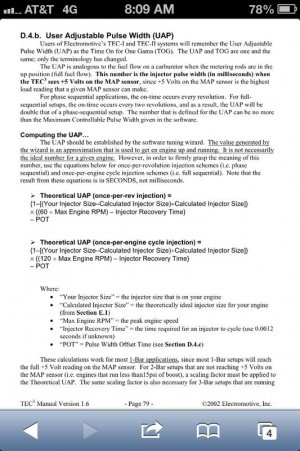Variable-geometry turbochargers (VGTs) are a family of turbochargers, usually designed to allow the effective aspect ratio (A:R) of the turbo to be altered as conditions change. This is done because optimum aspect ratio at low engine speeds is very different from that at high engine speeds. If the aspect ratio is too large, the turbo will fail to create boost at low speeds; if the aspect ratio is too small, the turbo will choke the engine at high speeds, leading to high exhaust manifold pressures, high pumping losses, and ultimately lower power output. By altering the geometry of the turbine housing as the engine accelerates, the turbo's aspect ratio can be maintained at its optimum. Because of this, VGTs have a minimal amount of lag, have a low boost threshold, and are very efficient at higher engine speeds. VGTs do not require a wastegate.
The two most common implementations include a ring of aerodynamically-shaped vanes in the turbine housing at the turbine inlet. In general, for light-duty engines, the vanes rotate in unison to vary the gas swirl angle and the cross sectional area.




